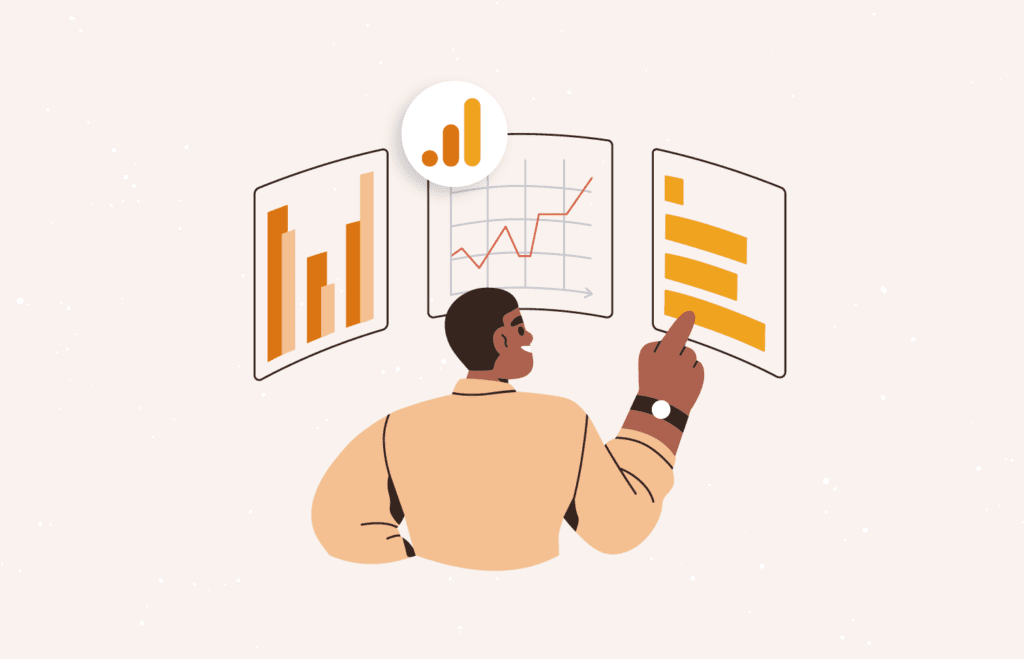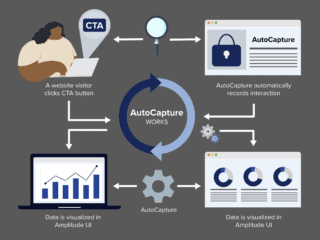Last updated: January 30, 2024
Google took the beta label off of Google Analytics 4 (GA4) in 2020, and ever since has continued to add new capabilities to the product. Some of these “new” features are truly net-new to the GA platform, while others are intended to bring GA4 closer to full parity with the previous version of the product. Now that Google has launched a series of crucial product integrations for GA4, including SA360, DV360, and CM360, it’s a good time to look at the enterprise 360 version of GA4, and compare it to what you’ll get in the free version of the product.
As you might expect when comparing any product’s free version against an enterprise version, there are indeed certain features that are only available in GA4 360. We’ll outline the key differences below. However, in many cases, the difference between GA4 360 and free GA4 isn’t simply the presence or absence of a feature; instead, the difference is often a difference of degree. In other words, many features are present in both 360 and the free product, but 360 will unlock higher limits for the usage of the feature.
For example, both 360 and the free product provide a native data export to BigQuery. The free product allows for the export of up to 1 million events per day, while the 360 product allows for much more — a full 20 billion events per day! This dynamic of higher limits in 360 will be a recurring theme.
Key Product Differences: GA4 360 vs. GA4 Free
There are a lot of differences between the 360 product and the free product, so for starters, we’ve collected a few of what we think are the most important differences.
Data Collection
As a general rule, GA4 360 will allow you to collect a lot more data than the free product, before running into data sampling limits. In addition, 360 will allow you to collect that data much more flexibly, via increased custom dimensions, custom metrics, event parameters, and more. Here are a few key differences to note:

Data Integration & Activation
Of course, collecting data with GA4 is only a means to an end — as marketers, what we really care about is how we can activate on that data in as many customer touchpoints as possible. That’s where GA4’s integrations with the rest of the Google stack come into play. As briefly alluded to above, what you will find is that both 360 and free products integrate well with the entire Google stack. However, if you need those integrations to scale, that’s where you may find the free product to be limiting. Let’s take a closer look using the table below.

Whether it’s creating granular audiences for reporting and analysis, or sending audiences to media-buying platforms like SA360 or DV360 for custom targeting and bidding, the 360 product offers significantly more scale.
Administration & Account Management
Admittedly, these aren’t the features that make most people get out of bed in the morning, but there are some important differences here as well. In particular, you’ll have a lot more flexibility in terms of how your GA account is architected if you invest in 360. That’s because you’ll get the ability to create “roll-up” properties within GA, as well as “sub-properties,” which enable you to segment your data in important ways and, crucially, put highly customized data governance in place.

Other Features
There are a few other differences in features between 360 and the free product that are worth calling out here.

Service-Level Agreements (SLA)
Finally, a key difference between 360 and the free product is the presence of SLAs. The free product doesn’t come with any SLAs, but the 360 product comes with a few guarantees, as shown below.

Recap
As you’ve seen by now, with GA4, the distinction between 360 and the free product usually isn’t based on a simple “Yes” or “No” when it comes to feature availability. While there are a few cases of features being entirely 360-only, more often, features are available in both products, but with higher limits enabled in 360.
It’s exciting to see that many of the features that were 360-only in the previous generation are now available in the free version of GA4. However, organizations that need the scale to collect and report on more data, the ability to activate against more audiences across the Google Marketing Platform, or the flexibility to architect their GA accounts in unique ways may see a lot of value in the 360 product.

GA4 On-Demand Webinars
The shift to GA4 is much more involved than a simple UI change; it is a complete measurement paradigm shift. Watch our recent sessions to get answers to your most pressing questions.
Author

Nick is Vice President of Analytics at Cardinal Path, where he is responsible for the commercialization and delivery of Google Analytics and related services. When not working with clients, Nick authors original research, articles and blog posts, and speaks at conferences around the world. He is an alumnus of the 2023 college football national champion University of Michigan.
View all posts


















